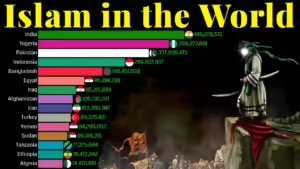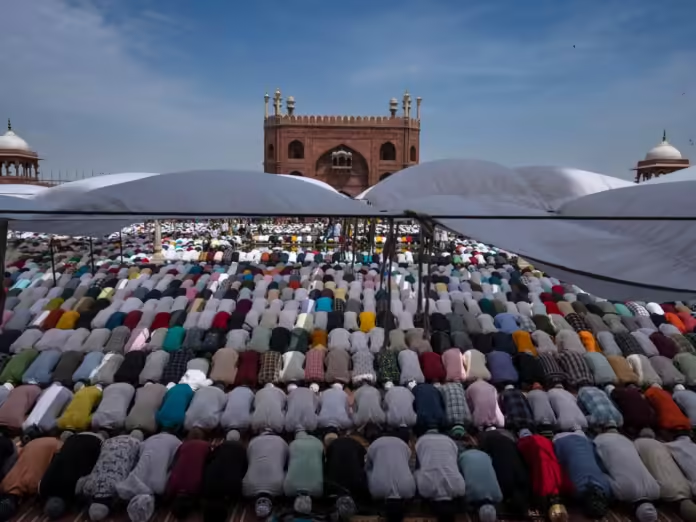The Beginning of a New Religious Era The Rise of Islam in 2025
By 2050, the world will witness a historical demographic shift as Islam overtakes Christianity to become the largest religion in the world. This high-quality change is driven by the convergence of cultural, demographic, and migration features that could redefine global trust dynamics.
Uncovering the Key Factors Driving Islam’s Growth
Two fundamental drivers lie at the heart of this religious rise:
1. Youthful Demographics
The Muslim population boasts one of the youngest median ages among religious groups, thereby ensuring that there will be a sustained age cohort effect over time. The potential for growth is vast, given that nearly one-third of the Muslim population is under the age of 15.
2. More Children per Woman
Muslim-majority countries, especially in regions such as sub-Saharan Africa and South Asia, boast above-average fertility rates. This demographic advantage has fueled population growth and solidified Islam’s path as a global superpower.

Global Hotspots of Islamic Growth
The Rise of Islam is no longer confined to historically Muslim-majority regions. The most significant areas witnessing a rise in their Muslim populations are:
– **India:** Already home to one of the world’s largest Muslim populations, India is on track to experience a massive surge, defining its multifaith identity.
– **Sub-Saharan Africa:** A continent of unprecedented growth, the region Islam’s influence is growing exponentially for reasons of demographic and cultural significance.
– **Europe and North America:** Migration and conversion characteristics are contributing to brilliant will increase in Muslim communities, redefining societal landscapes in these regions.
The Wider Implications of a Changing Religious Landscape
This demographic shift is more than a number game; it reflects fundamental cultural and geopolitical changes. As Muslim communities grow and expand across the globe, their influence on economies, politics, and global relations will become stronger. The upward thrust of Islam will likely encourage greater interfaith communication, coexistence, and cooperation in ever more diverse societies.
A Shifting Global Fabric
As early as 2050, the world will no longer just experience a quantitative change but also a greater incorporation of Islamic values, practices, and ideas into global thought. This transformation demonstrates how human societies are constantly transforming and shows that this change is powerfully driven by migration, cross-cultural interaction, and demographic shifts.
Conclusion: The Age of Change
The upward push of Islam to develop into the world’s largest faith by way of 2050 is a testament to the ever-changing story of humanity. It ushers us to diversity, fostered mutual respect, and together to a future wherein religious coexistence is both a necessity and an opportunity for international harmony.
Visit Pakistan Updates for more news and updates.




